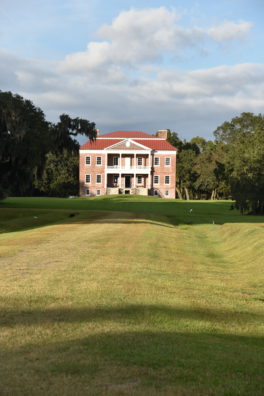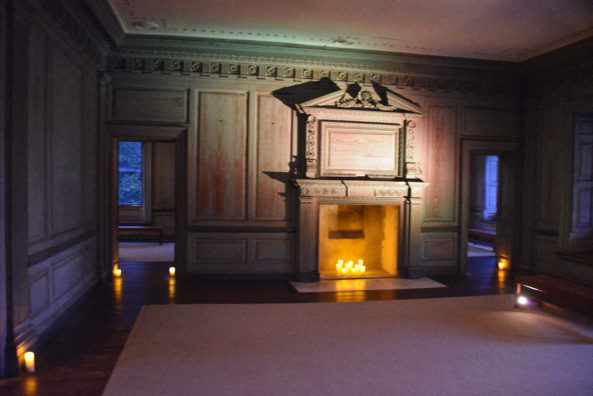Voted the Best Place to See by Condé Nast Traveler.


Drayton Hall, November, 2021 by Tony Islan.
In the eighteenth and early nineteenth centuries, Christmastide (December 25 through February 2) was often a primary social season for those who observed the holiday. Charles Drayton’s diaries reflect an increase in social events at Drayton Hall, though he recorded few details about what the season was like for the plantation’s enslaved population.
It was usually during Christmastide that Charles passed out clothing, shoes, and blankets to enslaved laborers for the coming year. According to an entry from January 15, 1803, this activity usually took longer than four hours at his Jehosse plantation. He sometimes referenced giving out extra food, usually beef, to enslaved people at Christmas.

Drayton Hall, November, 2021 by Tony Islan.
Charles did not record whether any enslaved workers were given a day off for Christmas, but some enslavers did observe that practice. On December 30, 1793, Charles wrote: “Carpenters returned to D. [Drayton] Hall after the holy days.” This is the only diary entry hinting that some enslaved people might have had different work schedules at Christmas, but it could simply mean that the carpenters had been working elsewhere.
The Draytons may have participated in religious observances on Christmas Day, but Christmastide was full of social events. Year after year, Charles recorded parties he attended and hosted, and work for enslaved laborers in the main house at Drayton Hall must have increased during such events. The 1803-1804 season was particularly eventful for Charles, with multiple visitors, dinners, dances, and a wedding. His calendar was so full that Charles made special note of a respite on December 31 before parties resumed the next day: “Day & night of rest. Laus Deo [praise God].”
– Amber Satterthwaite, Curator of Education and Museum Programs